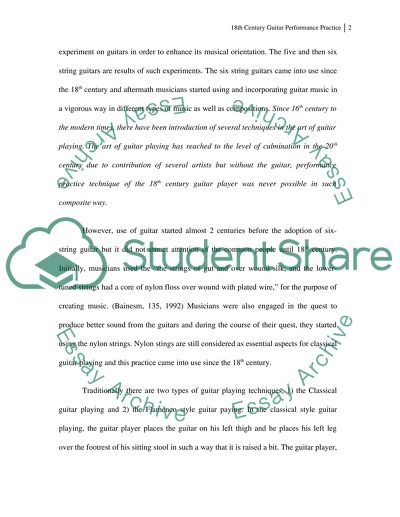Cite this document
(“18th century guitar prerformance practice Essay”, n.d.)
Retrieved from https://studentshare.org/history/1500908-18th-century-guitar-prerformance-practice
Retrieved from https://studentshare.org/history/1500908-18th-century-guitar-prerformance-practice
(18th Century Guitar Prerformance Practice Essay)
https://studentshare.org/history/1500908-18th-century-guitar-prerformance-practice.
https://studentshare.org/history/1500908-18th-century-guitar-prerformance-practice.
“18th Century Guitar Prerformance Practice Essay”, n.d. https://studentshare.org/history/1500908-18th-century-guitar-prerformance-practice.


